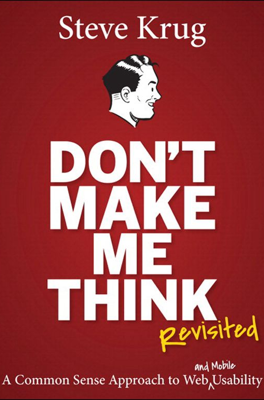Billboard Design 101
Emphasizing Scan-Friendly Design
Designing for scanning rather than reading is crucial because web users are often in a hurry, scanning for useful information quickly. Emulating a sequence of roadside billboards, where each part is quickly and effortlessly understandable, can greatly influence web design effectiveness.
Utilize Established Conventions: Leverage common design norms that users already understand to reduce learning time and increase usability. Examples include positioning logos at the top-left and navigation menus at the top or left side. Continuing to use familiar visual cues like a shopping cart for e-commerce simplifies navigation for users.
Create a Clear Visual Hierarchy: Elements on the page should visually communicate their importance and relationship to each other. Key ways to emphasize hierarchy include making more important items larger or more vivid, grouping related items, and visually nesting related items to illustrate their relationship.
Define and Separate Page Areas Clearly: Distinctly defined areas help users quickly sort the page's content into categories of interest, enabling them to ignore irrelevant sections. This strategy can significantly enhance the user's ability to find the content they are seeking efficiently.
Clarify Clickable Elements: Ensure that links and buttons are easily identifiable through conventional visual indicators like color, underlining, or placement. Make it intuitively clear what is interactive to facilitate smooth navigation.
Minimize Visual and Functional Clutter: Excess information or overly busy designs can hinder user experience by making pages difficult to parse. Streamlining content and design elements to focus on essential information helps maintain a high signal-to-noise ratio, keeping user engagement and comprehension high.
Optimize Text for Scanning: Formatting strategies should facilitate quick scanning. This can be achieved by using clear headings, keeping paragraphs short, using bulleted lists, and highlighting key terms in bold. These adjustments aid users in finding relevant information without having to read content in detail.
Practical Implementation for Effective Web Communication
Implementing these principles requires a balance of maintaining clear, conventional design while also allowing for creative, innovative solutions where they improve usability. Keeping designs simple, clear, and consistent, but not shying away from strategic creativity can result in effective communication on web platforms. Use clarity as the measure of choice when considering deviations from consistency to ensure that content remains approachable and easy to navigate.
